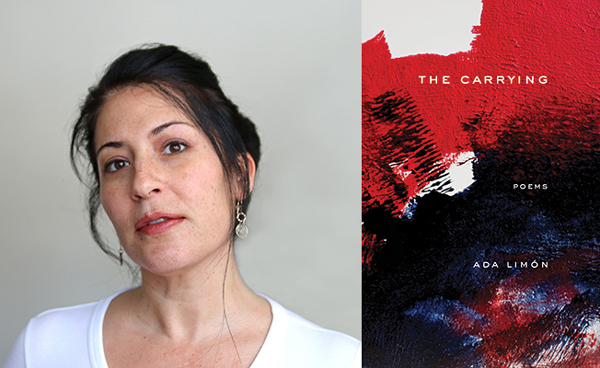
‘Biological reality’: What genetics has taught us about race
“As US President Donald Trump takes aim at the Smithsonian Institution for “anti-American ideology”, Adam Rutherford examines what the science of genetics has taught us about race.
When scientists unveiled the first draft of the Human Genome Project 25 years ago, it seemed to deliver the final word on some antiquated myths about race. It provided definitive evidence that racial groupings have no biological basis. In fact, there is more genetic variation within racial groups than between them. Race, it showed, is a social construct.
But despite that fundamental finding, which has only been reinforced as work on human genomes has continued, race and ethnicity are still often deployed to categorise human populations as distinct biological groups. These are views that can be found circulating in the pseudoscience on social media, but they also still creep into scientific research and healthcare systems.
Comment & Analysis
Adam Rutherford is a lecturer in genetics at Univeristy College London in the UK, BBC Presenter and author of How to Argue with a Racist, which examines the history and science of notions of race. You can read more from him about how to debunk racist myths with science and facts here.
It is even more troubling when this thinking finds its way into the halls of government.
President Donald Trump and his administration have made no secret of his rejection of many aspects of the scientific worldview. Since returning to the White House, he has made sweeping cuts to science funding for biomedical and climate research, but in a recent Executive Order, Trump took aim at what most scientists now regard as biological reality.
Entitled “Restoring Truth and Sanity to American History“, the Presidential order, signed by Trump, targeted an exhibition in the Smithsonian American Art Museum called “The Shape of Power: Stories of Race and American Sculpture”.
The order is part of a broader attempt to shape American culture by eliminating “improper, divisive, or anti-American ideology” from the institute’s museums. It states: “Museums in our Nation’s capital should be places where individuals go to learn – not to be subjected to ideological indoctrination or divisive narratives that distort our shared history.”
The exhibition itself is criticised in the text for promoting the idea that “race is not a biological reality but a social construct, stating ‘race is a human invention'”. The order offers the exhibition as an example of a “harmful and oppressive” shift in the narrative portraying American values.
This is the point when people like me, a geneticist who specialises in the history of race science, get a little bit vexed….”


